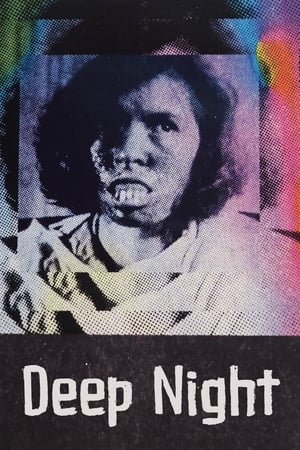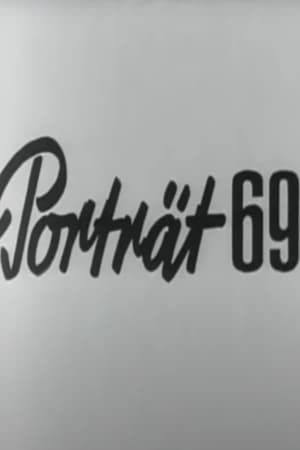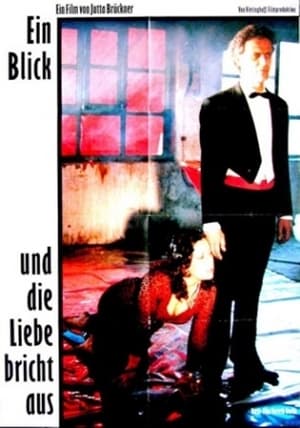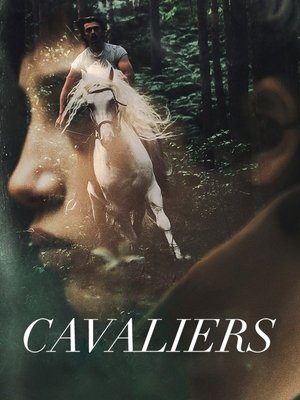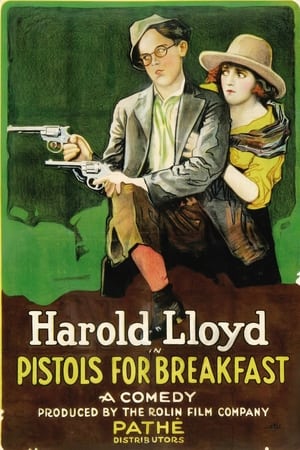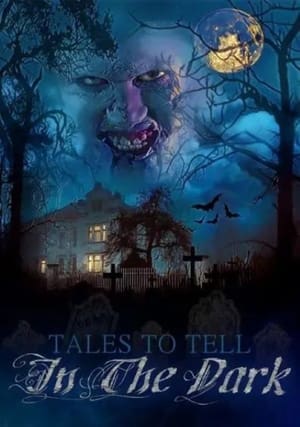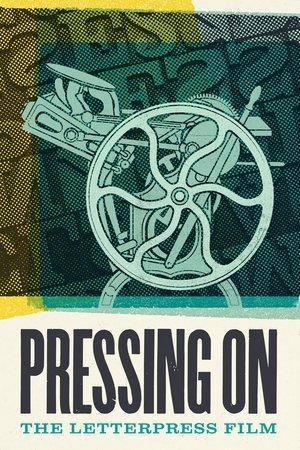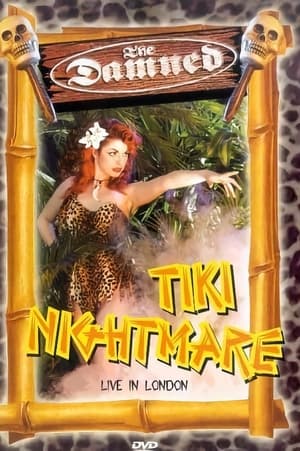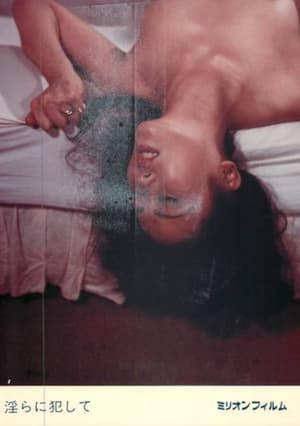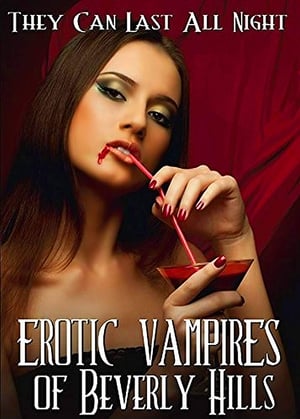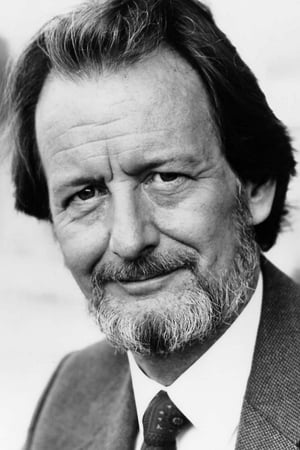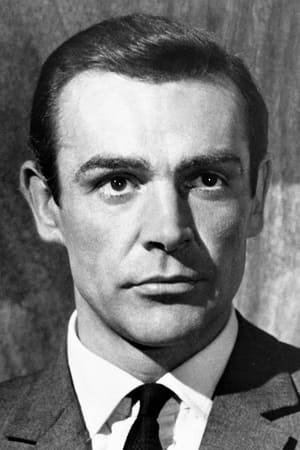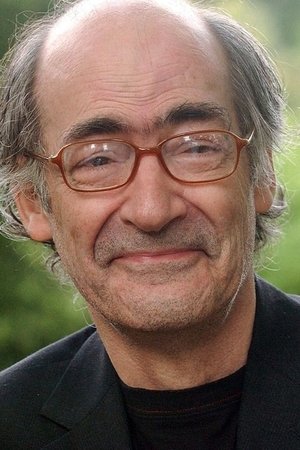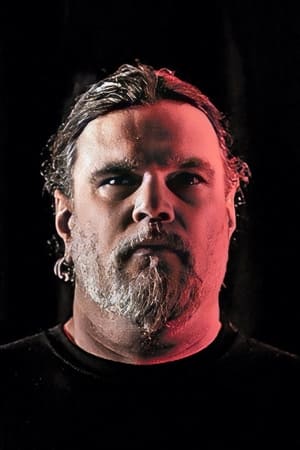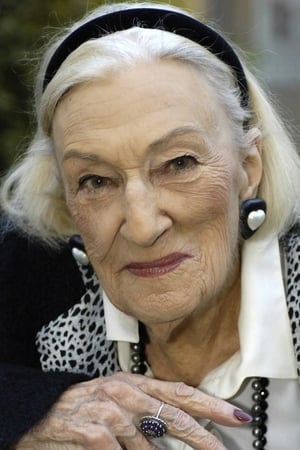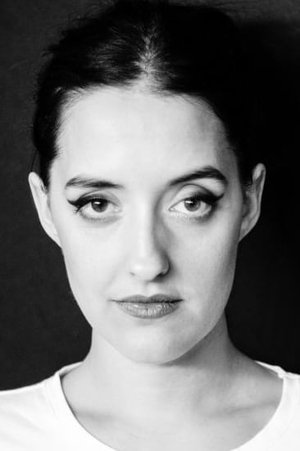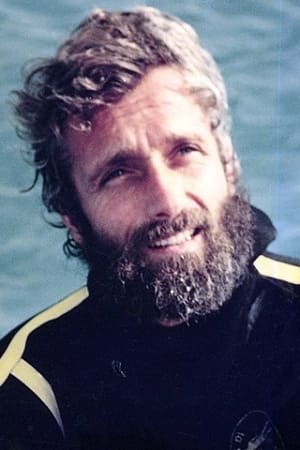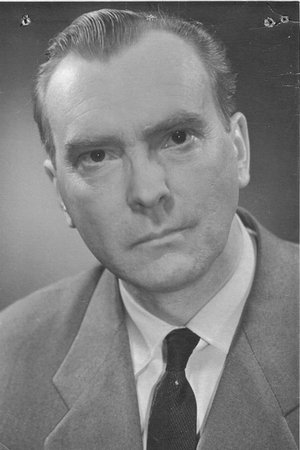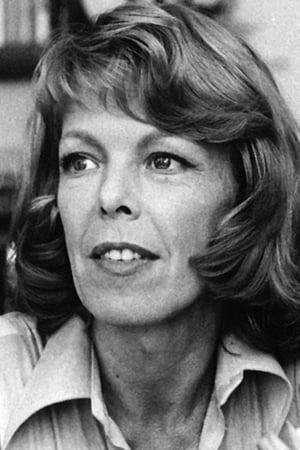Trending
Popular people
Ronald Pickup
Biography
Pickup was born in Chester, England, the son of Daisy (née Williams) and Eric Pickup, who was a lecturer.[1] Pickup was educated at The King's School, Chester, trained at the Royal Academy of Dramatic Art (RADA) in London, and became an Associate Member of RADA.
His television work began with an episode during the second series of Doctor Who in 1964, for which he was paid £30. Pickup worked with Laurence Olivier at the Royal National Theatre, most notably in Three Sisters and Long Day's Journey Into Night. In 1973, he starred in the BBC drama series The Dragon's Opponent, playing a World War II bomb disposal expert and also appeared in The Day of the Jackal. He played Lt. Harford in Zulu Dawn in 1979, portrayed Igor Stravinsky in Nijinsky in 1980, Prince John in Ivanhoe in 1982, and in 1983 he appeared opposite Penelope Keith in Moving, in 1988 in the BBC miniseries The Lion, the Witch and the Wardrobe (1988 TV Serial) as the voice of Aslan, and in 1990 he starred in the short lived sit-com, Not with a Bang. More modern roles have included parts in Hornblower, Hustle, Foyle's War, Midsomer Murders, Waking the Dead, The Bill, Silent Witness, Sherlock Holmes, and Inspector Morse. He is also a regular character in the BBC sitcom The Worst Week of My Life. His most recent appearance was in Holby City as Lord Charles Byrne.
Pickup gave a highly acclaimed performance as a decayed Russian aristocrat in the BBC series Fortunes of War, based on a work by Olivia Manning. He also provided the voice for Aslan in the BBC's adaptation of the Chronicles of Narnia and starred opposite Judi Dench in the 1989 Channel 4 serial Behaving Badly.
He is also an accomplished stage actor. He was nominated for a 1998 Laurence Olivier Theatre Award for Best Performance in a Supporting Role of 1997 for his performance in Amy's View.
Pickup had the starring role as composer Giuseppe Verdi in the acclaimed The Life of Verdi, written and directed by Renato Castellani. In 2005, he had a supporting role in the family-based film, The Adventures of Greyfriars Bobby.
Between March and August 2009, he starred as Lucky in Sean Mathias' production of Waiting for Godot by Samuel Beckett opposite Sir Ian McKellen (Estragon), Patrick Stewart (Vladimir) and also Simon Callow (Pozzo). The tour opened in Malvern before travelling to Milton Keynes, Brighton, Bath, Norwich, Edinburgh and Newcastle; its run at the Theatre Royal, Haymarket was extended due to demand.
In February 2010 he also appeared as 'Pegleg' in the BBC's period drama Lark Rise to Candleford.
Description above from the Wikipedia article Ronald Pickup, licensed under CC-BY-SA,full list of contributors on Wikipedia.
Read more
Sean Connery
Biography
Sir Thomas Sean Connery (August 25, 1930 – October 31, 2020) was a Scottish actor and producer who won an Academy Award, two BAFTA Awards (one being a BAFTA Academy Fellowship Award), and three Golden Globes, including the Cecil B. DeMille Award and a Henrietta Award.
Connery was the first actor to portray the character James Bond in film, starring in seven Bond films (every film from Dr. No to You Only Live Twice, plus Diamonds Are Forever and Never Say Never Again), between 1962 and 1983. In 1988, Connery won the Academy Award for Best Supporting Actor for his role in The Untouchables. His films also include Marnie (1964), Murder on the Orient Express (1974), The Man Who Would Be King (1975), A Bridge Too Far (1977), Highlander (1986), Indiana Jones and the Last Crusade (1989), The Hunt for Red October (1990), Dragonheart (1996), The Rock (1996), and Finding Forrester (2000).
Connery was polled in a 2004 The Sunday Herald as "The Greatest Living Scot" and in a 2011 EuroMillions survey as "Scotland's Greatest Living National Treasure". He was voted by People magazine as both the “Sexiest Man Alive" in 1989 and the "Sexiest Man of the Century” in 1999. He received a lifetime achievement award in the United States with a Kennedy Center Honor in 1999. Connery was knighted in the 2000 New Year Honours for services to film drama.
On 31 October 2020, it was announced that Connery had died at the age of 90.
Description above from the Wikipedia article Sean Connery, licensed under CC-BY-SA, full list of contributors on Wikipedia
Read more
Art Sullivan
Biography
Marc Liénart van Lidth de Jeude (22 November 1950 – 27 December 2019), known professionally as Art Sullivan, was a Belgian singer. He was successful in many countries, including Belgium, France, Portugal and Germany. Art Sullivan sold ten million records between 1972 and 1978. Compilations of his hits are still released.
He died from pancreatic cancer on 27 December 2019.
The family members of the Noble House of Van Lidth de Jeude are living in Belgium and the Netherlands. The parents of Art Sullivan are Marie-José d'Udekem d'Acoz and Josse Liénart van Lidth de Jeude. His mother, daughter of Baron Guy d'Udekem is a distant relative of Queen Mathilde of Belgium; they have little contact.
Source: Article "Art Sullivan" from Wikipedia in English, licensed under CC-BY-SA 3.0.
Read more
François Weyergans
Biography
François Weyergans (2 August 1941 – 27 May 2019) was a Belgian writer and director. His father, Franz Weyergans, was a Belgian and also a writer, while his mother was from Avignon in France. François Weyergans was elected to the Académie française on 26 March 2009, taking the 32nd seat which became vacant with the death of Alain Robbe-Grillet in 2008.
He started film studies at the IDHEC (Hautes Études Cinématographiques), where he came to love the films of Robert Bresson and Jean-Luc Godard, among others. He soon began to write for Cahiers du cinéma and directed his first film in 1961, on Maurice Béjart, which led to his expulsion from the school as students were banned from making professional films.
After having been through some psychoanalysis, he published a satirical account of his treatment in a novel called Le Pitre (1971), which attracted some critical notice and won the Roger Nimier Prize. His second novel in 1981 was Macaire le Copte. This won the Prix Rossel in his native Belgium, as well as the Prix des Deux Magots in France. From then on, Weyergans devoted himself entirely to writing, spending whole nights working from 11 p.m. until noon. His subsequent works—mostly of an ironic autobiographical nature—also won literary prizes, including the "Prix Méridien des quatre jurys" in 1983 for Le radeau de la Méduse and the Prix Renaudot in 1992 for La démence du boxeur. Most recently, his Trois jours chez ma mère awarded him the Prix Goncourt in 2005. In this, he satirises his own famous difficulties in delivering a promised manuscript in time. In the process he creates a "Russian doll" type structure where he (Weyergans) writes as a writer, Weyergraf, who finds all sorts of distractions or reasons to avoid writing a book called Trois jours chez ma mère. He does this largely by inventing an author called Graffenberg, who in turn invents another author, Weyerstein, who sketches out a possible structure—but he keeps getting waylaid by humorous meditations on his own life, love (or just encounters), family, films and multiple enthusiasms and interests.
Source: Article "François Weyergans" from Wikipedia in English, licensed under CC-BY-SA 3.0.
Read more
Mårten Hagström
Biography
From Wikipedia, the free encyclopedia
Mårten Hagström, (born 27 April 1971), is the rhythm guitarist for the Swedish experimental metal band Meshuggah. He joined the band after the release of their first album, which allowed Jens Kidman to focus on his vocal performances. He is known for his strong and complex rhythm guitar playing. Hagström has cited Rush, James Hetfield, Squarepusher, Autechre, Strapping Young Lad and GISM as influences.
In a Metal Injection interview he has said, "You can't play an instrument for the technicality of it. It's a tool you use it to get what's in here and here [heart and mind] out there." He has also said when he was growing up, everybody in Sweden was trying to be a guitar virtuoso. This made him want to be solely a rhythm guitarist.
Although fellow Meshuggah guitarist Fredrik Thordendal plays most of Meshuggah's guitar solos, the two of them share songwriting duties more or less equally, with Hagström notably contributing "Nebulous" from Nothing, "Acrid Placidity" from Destroy Erase Improve, and "Neurotica" from Chaosphere. Hagström has also stepped out of his role of playing rhythm guitar with the release of Meshuggah's obZen album by playing the slower, melodic leads on the songs that he wrote, such as "Electric Red" and "Pravus".
In addition to this, he has contributed lyrics to some of the bands later releases, co-writing Catch 33 with Meshuggah drummer Tomas Haake and penning the entirety of the words for their abstract EP I. Hagström and Haake have been playing music together since they were nine years old.
Hagström, along with Fredrik Thordendal, were rated #35 by Guitar World as the top 100 greatest heavy metal guitarist of all-time.
Description above from the Wikipedia article Mårten Hagström, licensed under CC-BY-SA, full list of contributors on Wikipedia.
Read more
Hélène Duc
Biography
Marcelle Duc (22 March 1917 – 23 November 2014), known professionally as Hélène Duc, was a French actress. She appeared in Edward and Caroline (1951), Je sais rien, mais je dirai tout (1973), and Tanguy (2001).
Duc played the role of Mahaut, Countess of Artois in the 1972 miniseries Les Rois maudits, and later played Marguerite de Bouville in the 2005 adaptation of the same novels.
In 1983, she performed at the Théâtre de la Gaîté-Montparnasse in a production of Chienne Dactylographe. She was named an officer of the Legion of Honour and Righteous Among the Nations in 2005.
Duc was married to René Catroux, with whom she had two daughters.
Source: Article "Hélène Duc" from Wikipedia in English, licensed under CC-BY-SA 3.0.
Read more
Marie-Pierre Arthur
Biography
Marie-Pierre Arthur is the stage name of Marie-Pierre Fournier, a Canadian pop singer-songwriter from Quebec. Formerly a backing musician and vocalist for artists such as Karkwa, Galaxie, Ariane Moffatt, Stefie Shock, Nanette Workman and Édith Butler, she released her self-titled debut album as a solo artist in 2009. Her followup, Aux alentours, was released in 2012 and was named as a longlisted nominee for the 2012 Polaris Music Prize on June 14, 2012. She won the Félix Leclerc Prize for best new singer-songwriter at the 2012 FrancoFolies, and was nominated for several Prix Félix at the 2009 and 2010 ADISQ awards
Read more
Philippe Cousteau
Biography
Philippe Pierre Cousteau (30 December 1940 – 28 June 1979) was a French diver, sailor, pilot, photographer, author, director and cinematographer specializing in environmental issues, with a background in oceanography. He was the second son of Jacques Cousteau and Simone Melchior.
Cousteau was proficient filming from the air, on land and underwater. He was the lead cinematographer for most of the Cousteau films during his lifetime; he was nominated for and won several awards.
Born in Toulon, Philippe Cousteau first dived with an aqua-lung in 1945 when he was 4 years old. His father brought home a miniature version of the aqua-lung he had co-invented a few years before. Though Philippe had not yet learned to swim, he followed his father into the water. Growing up, he spent each school vacation aboard his father's ship, RV Calypso.
As a teenager, he began to feel the drive to explore. While his father had pursued the horizon on the sea, Philippe Cousteau dreamed of pursuing horizons in the sky and began to study aerodynamics at the age of 16, flying first as a glider pilot, and then earning his airplane pilot license at a young age.
Cousteau spent two years in the French Navy during the Algerian war as a sonar operator and member of the landing party of the Le Normand ship, later earning his degree in science, spent another year at MIT, and then went to Paris to train in cinematography, graduating from I'École technique de photographie et de cinéma (now called École nationale supérieure Louis-Lumière) in Paris.
In 1965, Cousteau was an Oceanaut on the Conshelf III, an undersea habitat for saturated diving down to 325 feet near Ile Levant in the Mediterranean Sea. In addition to his duties as Oceanaut, Cousteau was an underwater photographer and did all of the underwater filming, which became a National Geographic documentary film that aired in 1966.
Cousteau appeared as himself on the 28 March 1966 episode of the CBS game show To Tell the Truth. He received three of the four possible votes from the panel.
In February 1967, Cousteau accompanied his father on the RV Calypso for an expedition to film the sharks of the Red Sea and the Indian Ocean. As well as being the lead photographer for the expedition, Cousteau also chronicled his experiences in the 1970 publication The Shark: Splendid Savage of the Sea.
In 1969, Cousteau lent his technical expertise to the U.S. Navy's SEALAB program. In the aftermath of aquanaut Berry L. Cannon's death while attempting to repair a leak in SEALAB III, Cousteau volunteered to dive down to SEALAB and help return it to the surface, although SEALAB was ultimately salvaged in a less hazardous way.
Until his death in 1979, he co-produced numerous documentaries with his father, including Voyage to the Edge of the World (1976) for the cinema and his own PBS television series, Oasis in Space (1977), concerning environmental issues.
Cousteau was a highly experienced pilot. He earned his glider pilot license at the age of 16 and went on to obtain pilot credentials to fly balloons, hang gliders, single- and multi-engine airplanes and seaplanes, gyrocopters and helicopters. ...
Source: Article "Philippe Cousteau" from Wikipedia in English, licensed under CC-BY-SA 3.0.
Read more
Heino Mandri
Biography
Heino Mandri (11 September 1922 – 3 December 1990) was an Estonian film and stage actor, designated People's Artist of the Estonian SSR (1986).
Heino Mandri was born in the independent Republic of Estonia. He studied acting at Tallinn State Conservatory (now, the Estonian Academy of Music and Theatre) and graduated in 1946, when post-war Estonia was part of the Soviet Union. At that time Heino Mandri was accused of anti-Soviet activities and sentenced to imprisonment and hard labor in Gulag. From 1948 to 1954 he served the sentence in the Viatlag prison camp, Lesnoy, Kirov Oblast in Northern Russia.
In 1954, Heino Mandri returned from the Viatlag prison camp to Estonian Soviet Socialist Republic. At that time he underwent Soviet censorship procedures before he was permitted to resume his acting career under the Soviet administration.
Read more
Cécile Aubry
Biography
Cécile Aubry (3 August 1928 – 19 July 2010) was a French film actress, author, television screenwriter and director. Born Anne-José Madeleine Henriette Bénard, Aubry began her career as a dancer. At age 20, she was signed to 20th Century Fox.
She made her break as the star of Henri-Georges Clouzot's Manon (1949), which won the Golden Lion at the famed Venice Film Festival. That brought her a leading role alongside Tyrone Power and Orson Welles in American director Henry Hathaway's feature The Black Rose (1950). She had a strong performance in Christian-Jacque's Bluebeard (1952), one of the first French-produced films to be made in color. For a short time, she was a Hollywood success, signing a lucrative contract with Fox, employing her parents as a publicity team, and regularly appearing in French film magazines as an example of the perfect hybrid of Franco-American femininity.
Her film career was short. It was interrupted by a secret six-year marriage to Si Brahim El Glaoui, the eldest son of the pasha of Marrakesh. She announced her retirement from film in 1959, claiming that she had only enjoyed cinema for its travel opportunities. She went on to write children's books and scenarios for children's television with considerable success.
She was known in France for her TV series for children, Poly, about a boy and a horse, and Belle et Sébastien, adapted for television from her books. The main character in both series was played by her son, Mehdi El Glaoui (credited as "Mehdi").
On 19 July 2010, she died from lung cancer in Dourdan (Essonne), France, aged 81.
Description above from the Wikipedia article Cécile Aubry,licensed under CC-BY-SA, full list of contributors on Wikipedia.
Read more


